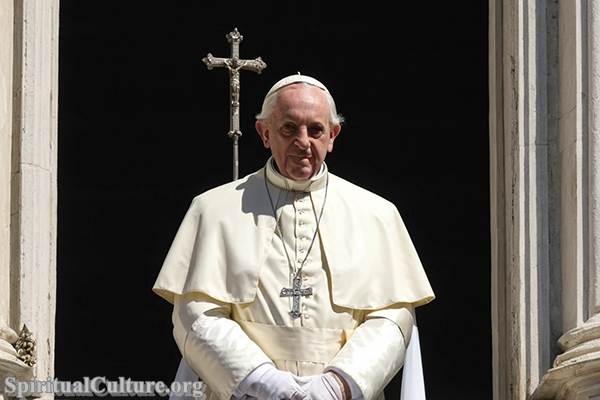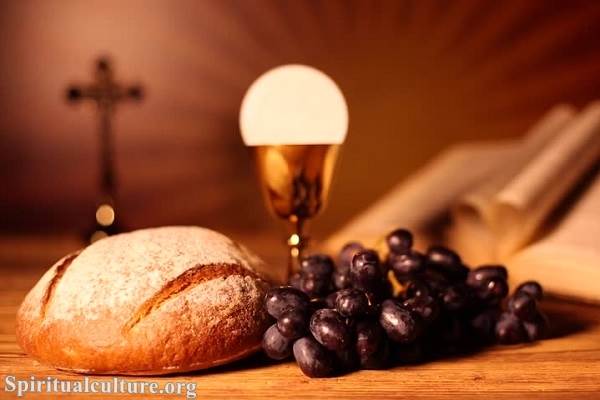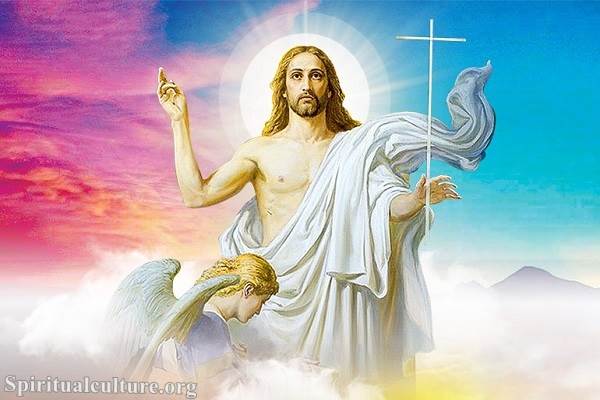St. Patrick’s Day, or Saint Patrick’s Day as it is also known, is a globally celebrated event renowned for its vibrant parades, green beer, and festive spirit. However, many people may not realize that this holiday has deep roots in Catholicism and is steeped in the rich traditions of the Catholic faith.
St. Patrick’s Day: A Catholic Celebration
St. Patrick’s Day is celebrated annually on March 17th, marking the death date of Ireland’s patron saint, St. Patrick. This day is recognized as a religious and cultural holiday, celebrated in more countries than any other national festival. While it has become a global celebration of Irish culture, it is essential to remember its origins and significance within the Catholic faith.
St. Patrick, the Patron Saint of Ireland
St. Patrick, the man behind the holiday, was a fifth-century Romano-British Christian missionary and bishop in Ireland. He is credited with bringing Christianity to Ireland, making the island one of the earliest Christian societies in Western Europe. Despite being captured and held as a slave in Ireland at the age of 16, he later returned to the land of his captors to spread the Christian faith. His dedication and impact on Irish Catholicism are reasons why he is celebrated with such fervor and joy.
Catholicism and St. Patrick’s Day
In Catholicism, saints are revered for their dedication to the faith and their significant contributions. St. Patrick’s Day was made an official feast day in the early 17th century, and the Catholic Church, the Anglican Communion, the Eastern Orthodox Church, and the Lutheran Church observe it. The day commemorates Saint Patrick and the arrival of Christianity in Ireland.
St. Patrick’s Day traditionally falls within the period of Lent – a solemn religious observance in the Christian liturgical calendar that begins on Ash Wednesday and ends approximately six weeks later, just before Easter Sunday. In times past, Lenten restrictions on eating and drinking alcohol were lifted for the day, contributing to the holiday’s tradition of excess.
However, despite the modern-day merriments associated with St. Patrick’s Day, it is a holy day of obligation for Roman Catholics in Ireland. Masses are held, and the faithful are expected to participate. It is a day for spiritual renewal and prayer offerings for missionaries worldwide.
Catholics worldwide, not just those in Ireland, observe St. Patrick’s Day. In places like the United States, Canada, and Australia, the day is marked by parades, wearing green attire, and public celebrations. However, many churches also hold masses and organize events to honor St. Patrick and celebrate Irish heritage.
St. Patrick’s Day is a testament to Catholicism’s enduring power and reach. It is a day when the world unites to celebrate Irish culture and heritage, but it also stands as a symbol of the Catholic faith—a faith that St. Patrick worked tirelessly to spread.
Conclusion
St. Patrick’s Day is a vibrant and joyful celebration of Irish culture, but it is, at its heart, a Catholic holiday. It serves as a reminder of St. Patrick’s dedication to spreading Christianity in Ireland and the significant influence of Catholicism on Irish history and identity. So, whether you’re enjoying a green beer, watching a parade, or attending a church service, remember the rich Catholic traditions that underpin this global celebration.



